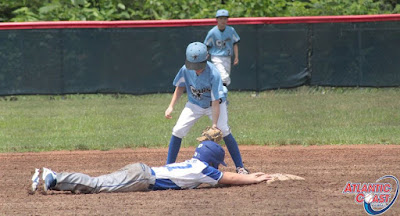How to Pick the Correct Baseball Tournament Division
There’s nothing worse than spending weeks practicing, getting your equipment prepared, booking a hotel, and traveling to a tournament just to get blown out. A team consisting of a few kids from a small town gets matched up vs a juggernaut of future of pro prospects and ends up getting blown out. Competitive balance is a tough thing to achieve in travel ball tournaments so many organizations have established different division levels. Learn how to choose the difference between open and elite divisions.Open Division
The open division is the safe choice if you’re not sure which division to choose. The open division is the category that about 75% of teams fall under. This division consists of local recreational league teams full of players that joined based on their proximity to the team or were drafted out of a league pool. Other more established organizations that play in a few tournaments each season and/or have been around for a year or more are also typically considered to be open division teams.
Elite Division
The elite division is considered to be the best of the best. This division typically is filled with teams that rank in the top 25% of travel teams across the country. Players on these teams often have to go through tryouts or apply for these teams. Teams in the elite division also are normally part of major organizations that have several different teams at each age level. These are the organizations “A” teams. Most of the players on these teams are going to play on their high school’s team and at the next level for a college program. These teams are experienced and have been together for years, typically playing 50-100+ tournament games a year.
Picking the correct tournament division will allow your team to have a much better tournament experience. They'll be involved in competitive pool/bracket play games and have a chance to win their tournament division. Choosing the wrong division can lead to frustrating blowouts, preventing your team from improving.



